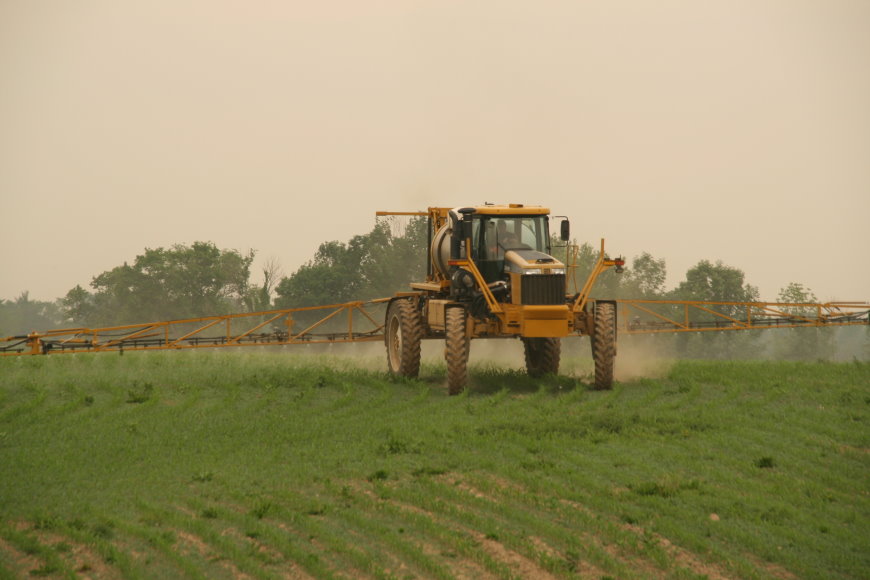
Agricultural News
Ag Retailers Says EPA Worker Protection Standard Revision Disregards Professional Input
Mon, 28 Sep 2015 15:31:06 CDT

The U.S. Environmental Protection Agency finalized proposed changes to the agricultural Worker Protection Standard (WPS) Monday.
In what has become standard procedure, EPA notified stakeholders approximately four hours ahead of making a press announcement, and will hold a stakeholder call after the announcement has already been made to the press. The president of the United Farm Workers joined officials from EPA and OSHA on the press call, highlighting the extent to which one advocacy group's position influenced the final rule.
The Agricultural Retailers Association believes justification for revision of WPS is based on unfounded assumptions and deliberately misleading cost analysis.
According to a detailed comment letter submitted by the Pesticide Policy Coalition, of which ARA is a member, "had the agency (EPA) cited current literature, it would have acknowledged significantly improved farmworker demographics and safety since 1992; a steep and ongoing reduction in incidents of acute poisoning; and a lack of evidence of elevated levels of chronic illnesses among farmworkers."
The PPC letter is a comprehensive analysis of technical problems with the EPA proposed rule. Most of this input has been disregarded in EPA's final rule.
"Agricultural retailers pay a lot of attention to worker safety because they care about their employees, and accidents are costly for both employees and employers," said ARA President and CEO Daren Coppock. "The final rule overlooks improvements made in worker safety by the industry over the preceding 22 years, most significantly through development and adoption of precision agriculture and drift reduction technologies. It also discounts the significant efforts of state pesticide regulators."
ARA has identified several areas of concern with the new rule:
-- Opens new doors of potential liability without demonstrating their connection to worker safety - the introduction of an "authorized representative" concept, unclear requirements on who must possess "labeling" and when, and what even constitutes the required "labeling;" and many others.
-- EPA substantially - and deliberately - underestimated the cost of the regulation. The rule increases the frequency of required training by five times and increases the amount of material that must be covered, yet EPA estimates a negligible cost to employers. EPA's new requirement would not align with industry standards for training already in place in several states.
"Industry comments submitted to EPA pointed out the error, but it does not appear to have been corrected in the final rule," Coppock said. "The real costs were provided, yet the agency stands by its artificial estimates, which suggests a deliberate disregard of the real-world cost implications of the rule."
Furthermore, the EPA has admitted it cannot quantify the public safety benefits of the new rule, nor can it conduct a cost-benefit analysis of the changes.
The case supporting the rule is entirely based on assumptions rather than data. Comments from real-world applicators and state regulators appear to have been almost completely disregarded in favor of the policy positions of advocacy groups aligned politically with the administration.
"The existing WPS was working, and under it safety trends were headed in the right direction," Coppock added. "This new WPS was not necessary based on objective safety data. Instead, the EPA assumed problems existed, invented a solution, and speculated the solution will have positive effects."
EPA's new rule imposes significant new costs and liabilities on agricultural employers with no measurable improvement in the safety trends, and no cost-benefit analysis to justify them. It is the latest in a string of announcements from the current administration where political science has triumphed over objective science and economics.
WebReadyTM Powered by WireReady® NSI
Top Agricultural News
More Headlines...




















